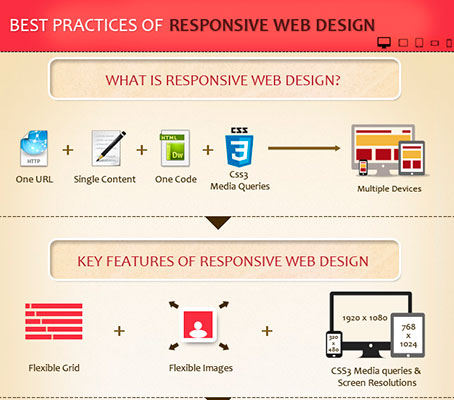The Development Of Website Layout: From Past To Present
The Development Of Website Layout: From Past To Present
Blog Article
Published By-Abel Gibbons
In the past, websites were easy and focused on details. https://www.socialmediatoday.com/news/linkedin-shares-marketing-industry-insights-and-tips-in-latest-big-thinkin/626508/ was straight, and design was for desktops. Now, user experience is vital. Data guides styles for simple navigating. Receptive designs suit different tools. Today, dark setting lowers pressure, and minimal food selections boost navigating. Interactive functions involve users, and strong visuals stand apart. AI integration boosts involvement. See just how design has progressed to boost your on the internet trip.
Early Days of Website Design
In the early days of web design, simpleness preponderated. Sites were fundamental, with minimal shades, typefaces, and layouts. The focus got on supplying information rather than showy visuals. Individuals accessed the web via slow-moving dial-up links, so speed and capability were crucial.
Navigating menus were straightforward, generally located at the top or side of the web page. Web sites were developed for desktop, as mobile browsing had not been yet widespread. Web content was king, and designers focused on simple readability over complex design aspects.
HTML was the main coding language utilized, and designers needed to work within its restraints. Computer animations and interactive attributes were minimal compared to today's standards. Sites were static, with little dynamic web content or individualized customer experiences.
Surge of User-Focused Design
With the development of site style, a change in the direction of user-focused style concepts has ended up being progressively noticeable. Today, developing internet sites that prioritize customer experience is critical for involving site visitors and achieving company goals. User-focused style includes understanding the requirements, preferences, and habits of your target audience to tailor the site's design, web content, and includes accordingly.
Developers currently conduct extensive research study, such as customer surveys and use testing, to gather insights and feedback directly from individuals. https://infographics-content-mark84061.tkzblog.com/29794566/just-how-to-develop-engaging-advertisement-duplicate-for-your-pay-per-click-campaigns -driven technique aids in producing user-friendly navigation, clear calls-to-action, and aesthetically enticing user interfaces that reverberate with site visitors. By putting the user at the center of the style procedure, websites can supply a much more tailored and pleasurable experience.
Receptive layout has actually likewise become a vital element of user-focused layout, guaranteeing that sites are maximized for various gadgets and display sizes. This flexibility enhances access and functionality, dealing with the varied methods individuals interact with sites today. Essentially, the rise of user-focused style represents a shift in the direction of developing electronic experiences that prioritize the demands and expectations of completion customer.
Modern Trends in Website Design
Check out the most up to date fads forming web design today. One noticeable pattern is dark mode style, supplying a streamlined and modern appearance while minimizing eye pressure in low-light settings. Another essential fad is minimal navigation, simplifying food selections and enhancing user experience by concentrating on essential elements. Including micro-interactions, such as computer animated switches or scrolling impacts, can develop a more interesting and interactive web site. Responsive layout continues to be vital, ensuring smooth individual experiences across various devices. Furthermore, using strong typography and unbalanced formats can add visual passion and draw attention to particular content.
Incorporating AI innovation, like chatbots for customer assistance or individualized suggestions, boosts user involvement and streamlines procedures. Availability has likewise become a substantial trend, with designers focusing on inclusive layout techniques to deal with varied individual demands. Embracing sustainability by optimizing web site performance for speed and performance is one more emerging pattern in web design. Collaborating with individual feedback and information analytics to iterate and improve layout continuously is essential for staying pertinent in the ever-evolving electronic landscape. By embracing these contemporary patterns, you can develop a visually appealing, straightforward internet site that reverberates with your target market.
Verdict
As you assess the development of site layout from the early days to now, you can see exactly how user-focused layout has actually come to be the driving pressure behind contemporary fads.
Embrace the trip of change and adjustment in web design, constantly maintaining the customer experience at the center.
Stay existing with the most up to date trends and innovations, and never ever stop advancing your strategy to develop visually spectacular and easy to use sites.
Progress, adjust, and develop - the future of website design is in your hands.
